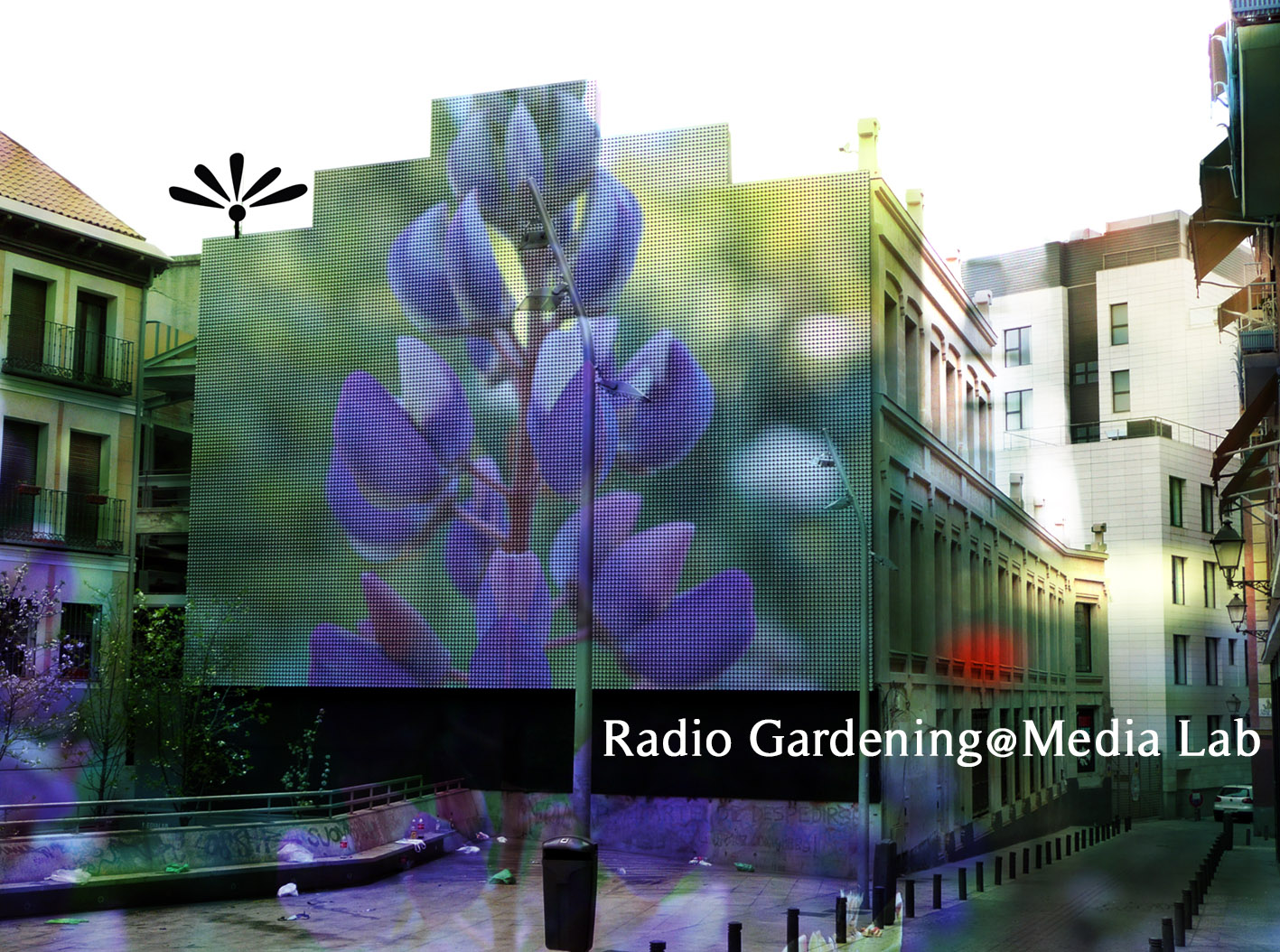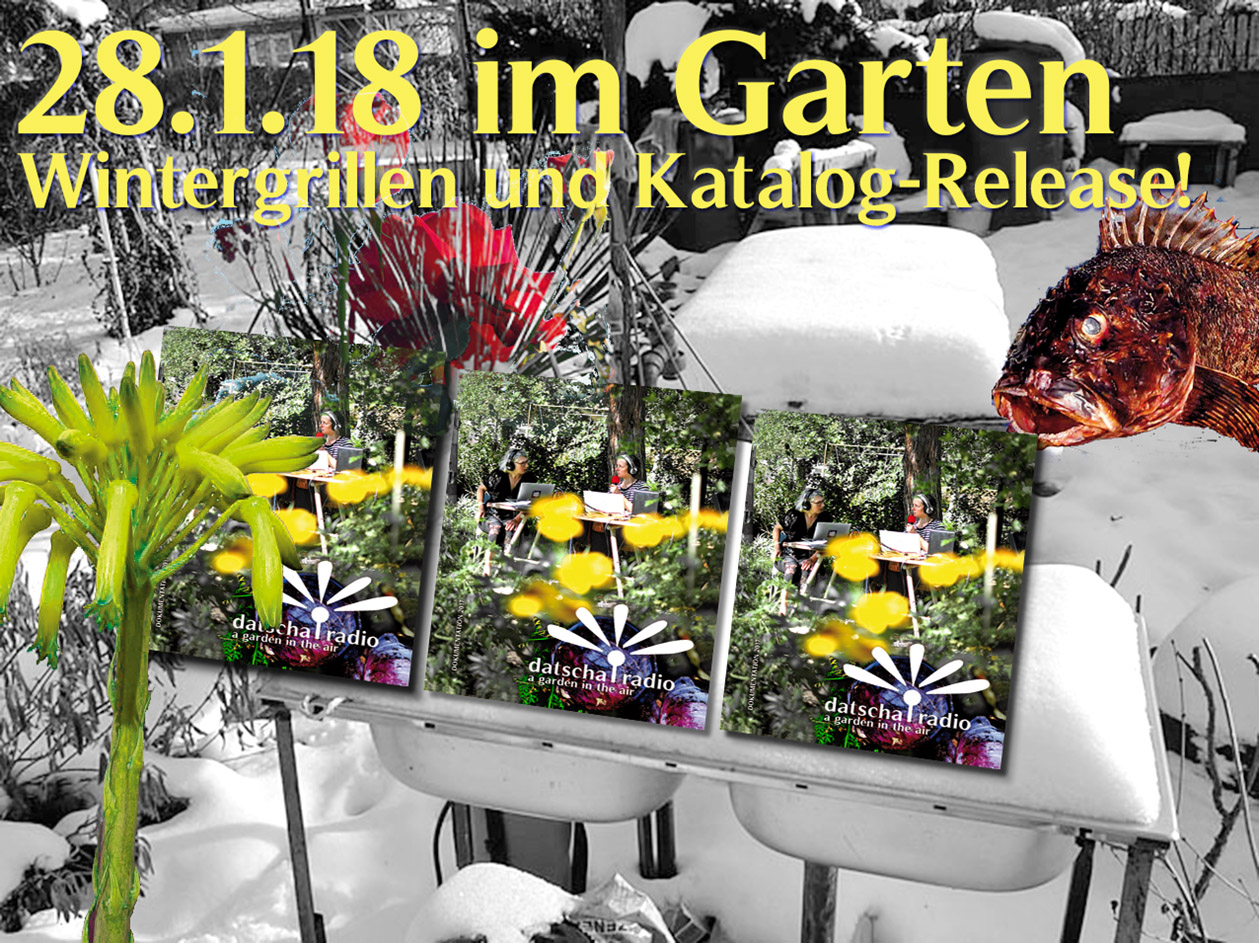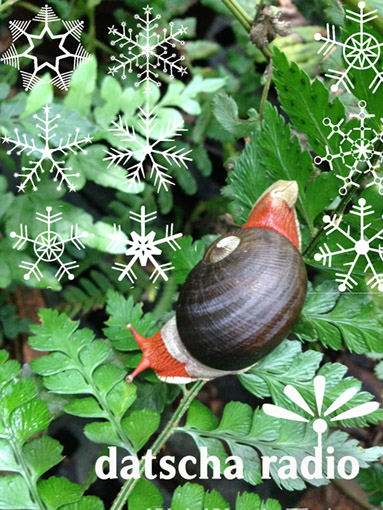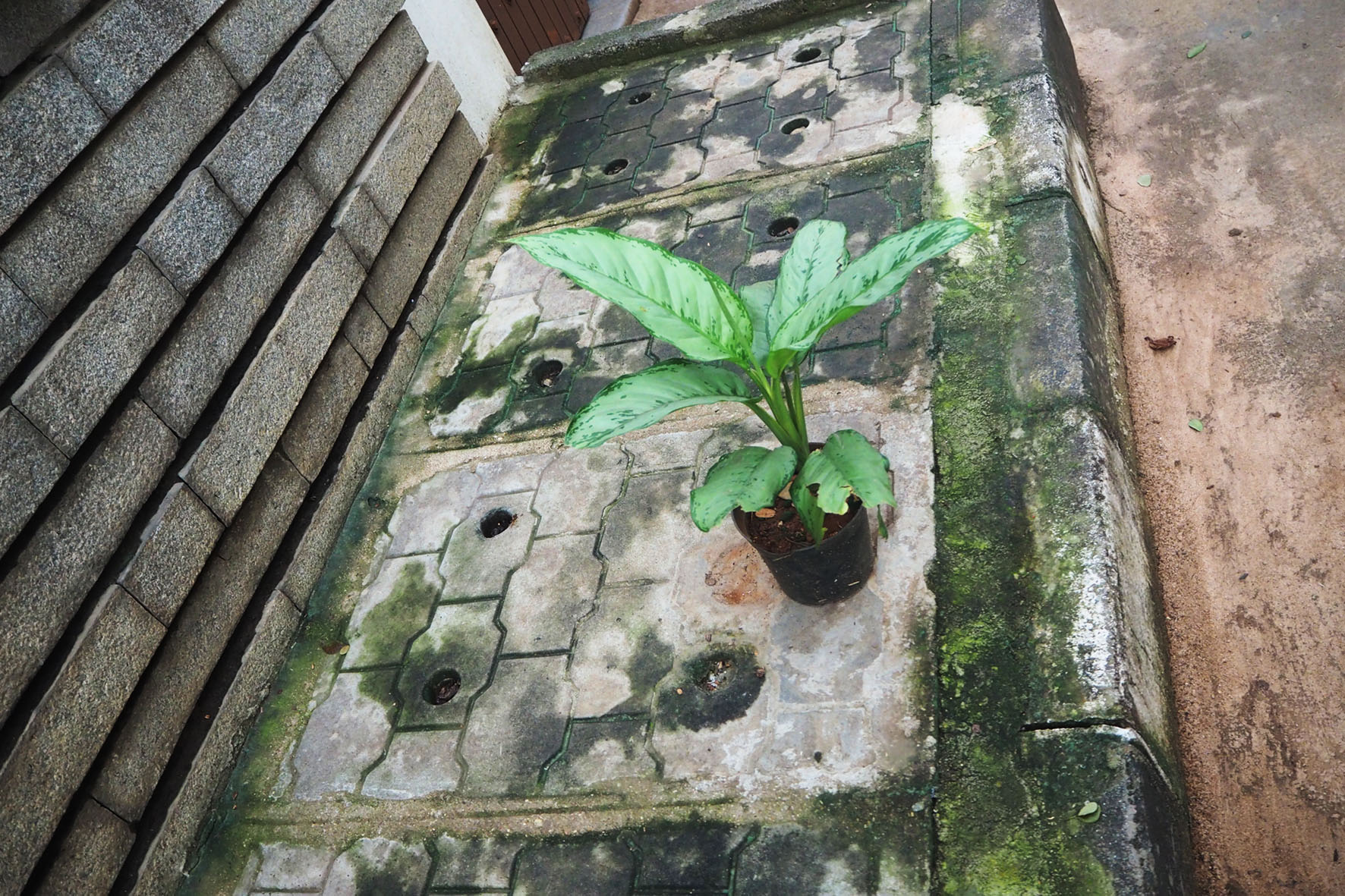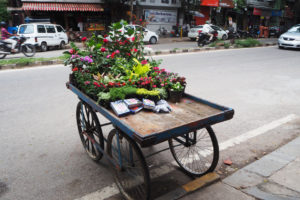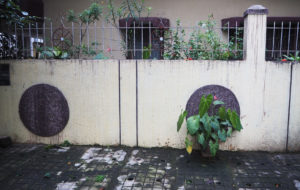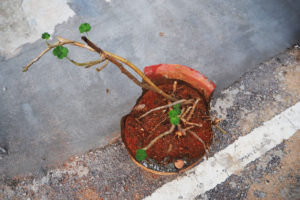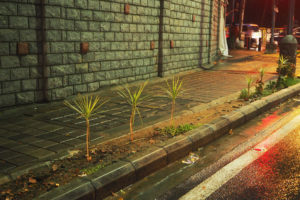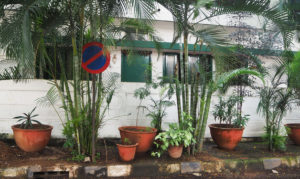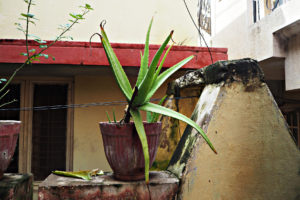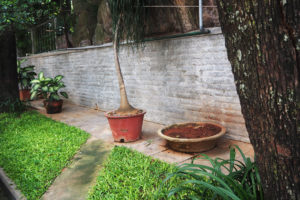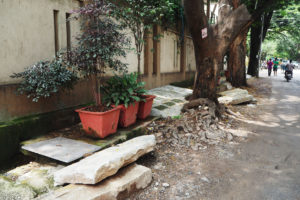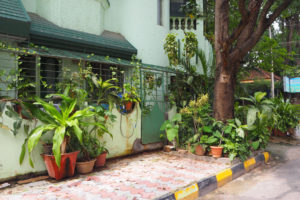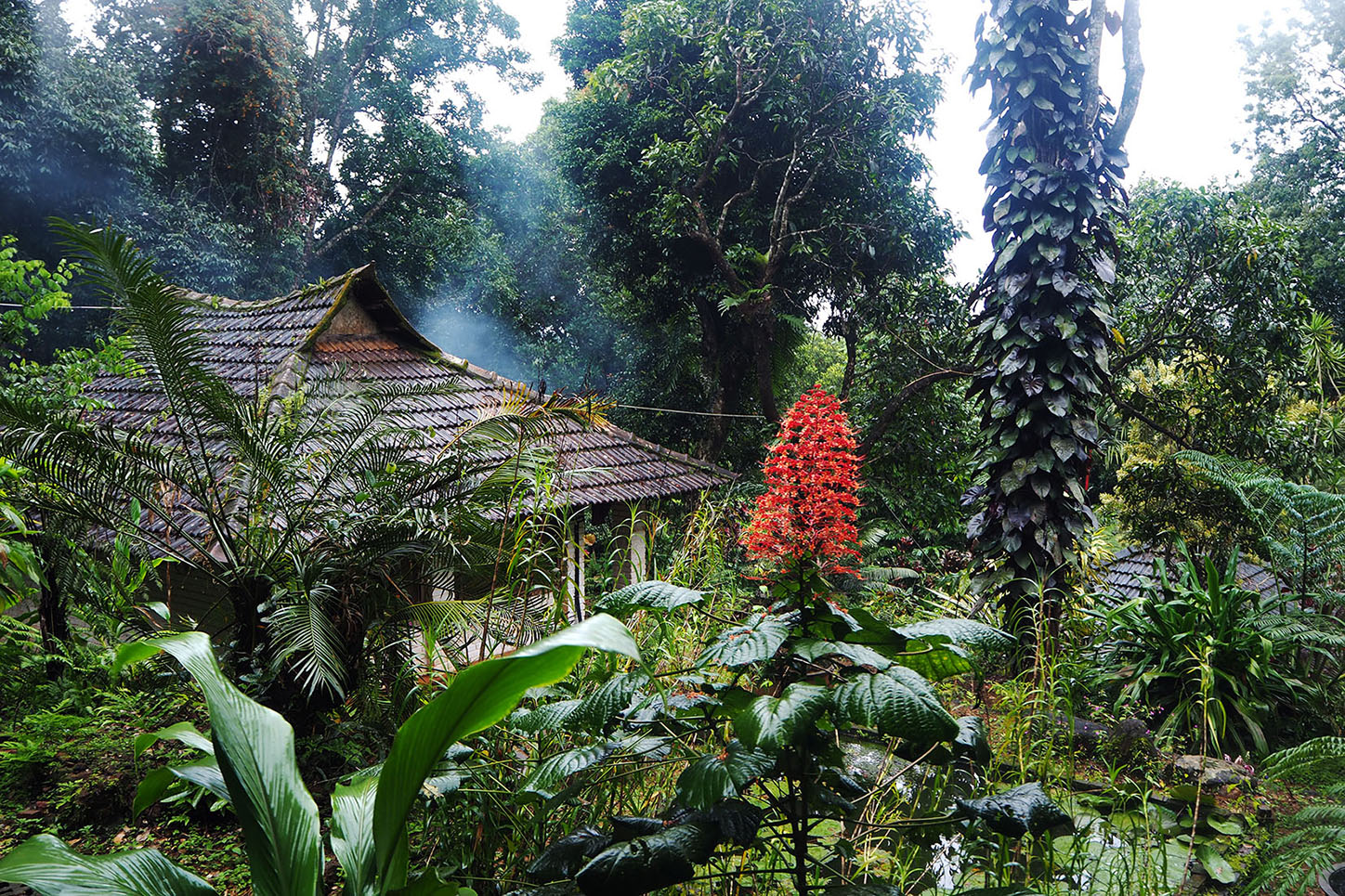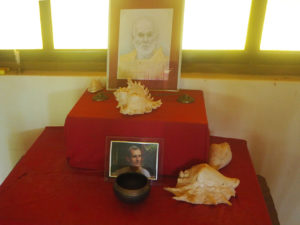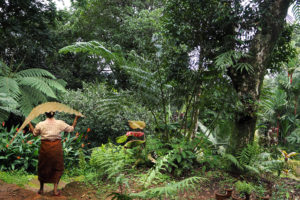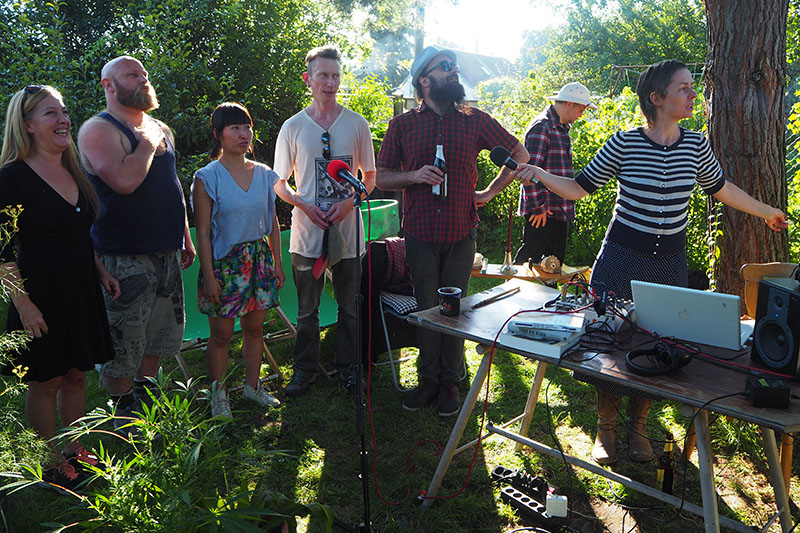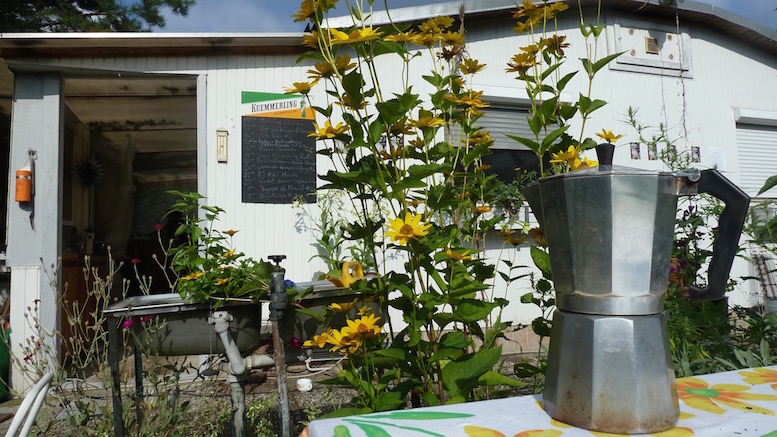Text: Shanti Suki Osman
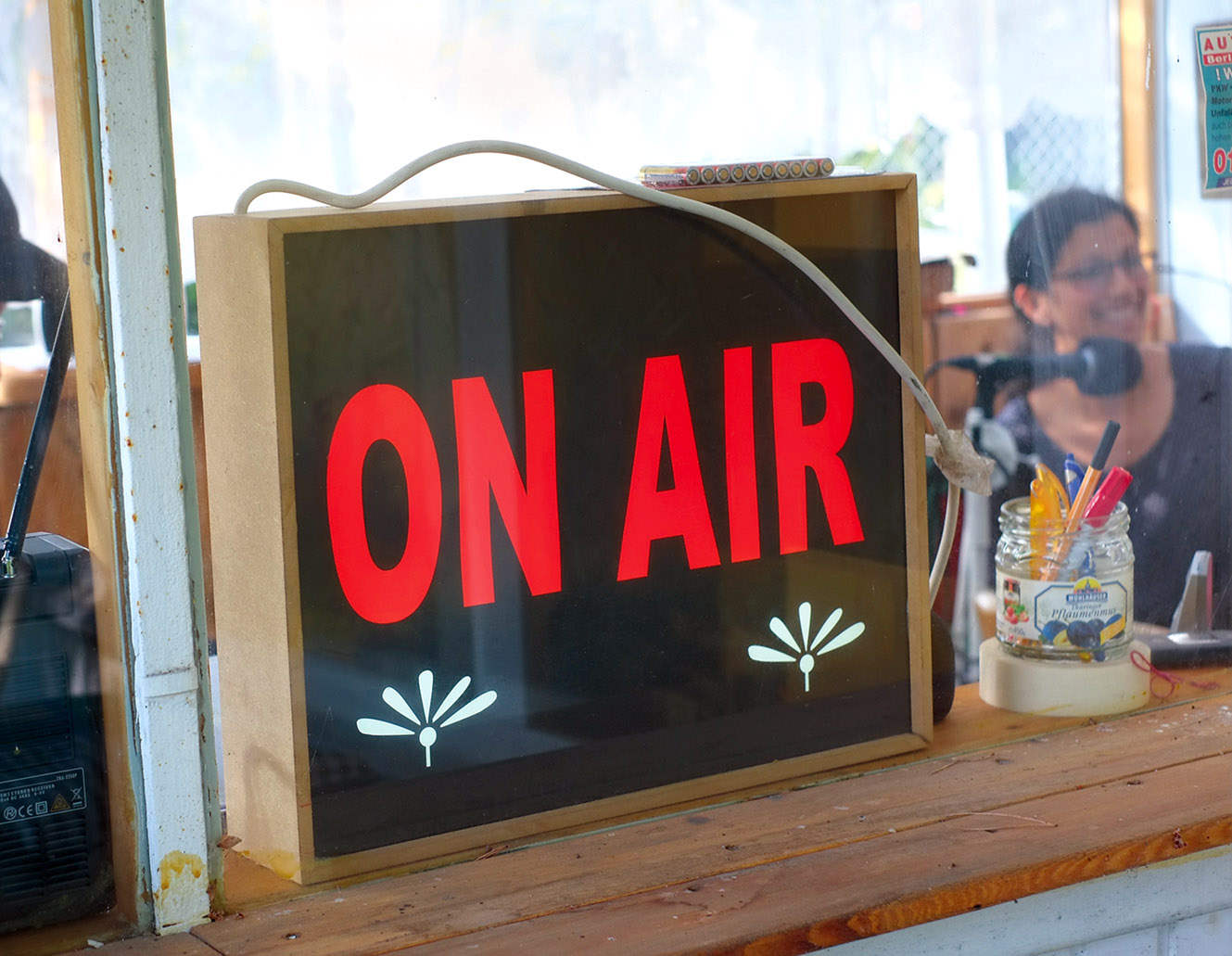
It was intentionally poignant that we opened Datscha Radio17 with the Hidden Stories Singers performing an updated version of a suffragette song and Gerri Gribi’s “We Say No” from 1991. Replacing occasional heteronormative imagery with trans-inclusive and intersectional scenarios, the group consciously cultivated and made space for biodiversity – in the garden, in our stories and as an underlying structure for the radio shows to come.
The Datscha garden as a space for historically and locally connected politics was exemplified by a wide range of guests and contributors that day, starting with the two-hour “Midday Discussion” about the future of the local garden colony “Einigkeit e. V.” Yet there are aspects of “political gardening” that usually evade the typically white, western and male gaze.
The broadcast “Hidden Garden Stories” presented “Die Gärtnerei”, a city garden and meeting place in Berlin-Neukölln where newcomers and people in the neighbourhood come together, quite literally, to grow something new. Situated in front of a cemetery, nestled between the sounds of police cars and aeroplanes, the founders explained their aim to transform this space into a land of the living – humanising it with new plant life, new people and new stories.
But how do we bring together these different knowledges and make it all work? In “Composer’s Garden” we heard how, in Nathalie Anguezomo Mba Bikoro’s project “Hydra Plantation Radio”, the vibrations of specific plants were turned into sounds. These plants, that the colonisers brought over to Germany to replant and serve as decoration, survived. Like people, the plants cross-pollinated, adapted and learnt how to persevere. Like people, the plants were demonised and seen as a threat. As Nathalie discussed in her interview, the plants became testimonies to the African women who witnessed the plants being stolen from them. This “living archive” of plants moves us away from those existing in institutions and museums, making space for new narratives and making the invisible visible.
“Hidden Garden Stories” also featured Jessica Lauren Elizabeth Taylor’s “Mutter Erde”, which traces matriarchal lineages, ancestry and memory. With little knowledge of her own mother’s mother, Taylor invited other black femmes to explore, archive and re-tell their family stories in the one place she knew was relevant to their green thumbed matriarchs – the garden. As with Nathalie’s plants, and the community of the Gärtnerei, there is unknown and undocumented trauma. Despite the drone of the bees and the scratching of the shovel, there is a silence – and these various gardens seek to make room for these stories to finally be heard.
Datscha Radio17’s first day explored still more contemporary garden (his)stories, such as the onomatopoetic “Schwarz-Weiß-Gärten” of Dirk Hülstrunk and the philosophies of landscape and Baroque gardens with Katrin Schröder. Here again, stories well embedded in the past rose to the top soil.
Why is the garden the place to grow futures from imagined pasts? Berlin is scrambling with its past, present and future. The rise of the right wing displays the apparent amnesia of some of the country’s voting population – whilst its marginalised communities are reaching into their heritages and pasts to get perspective and strength for the future. Where else but in the garden can simultaneously existing lived experiences be made audible and at the same time, somehow be kept safe from harm?













